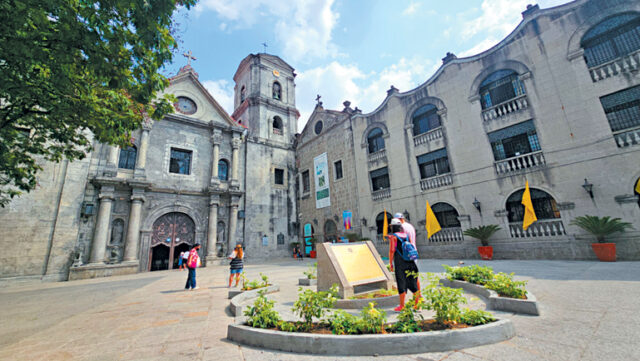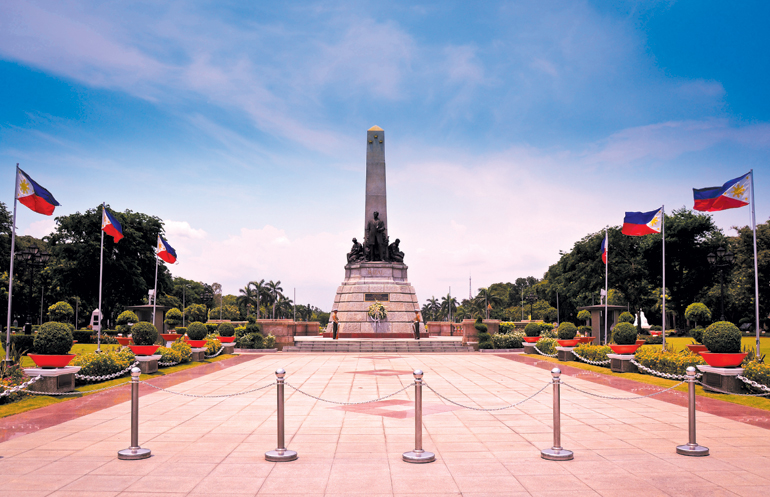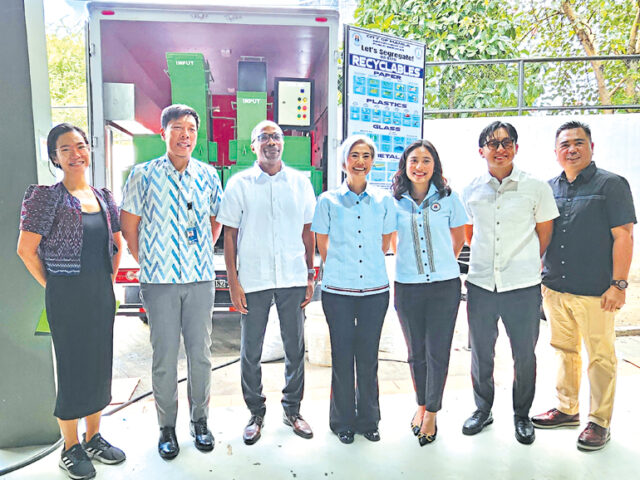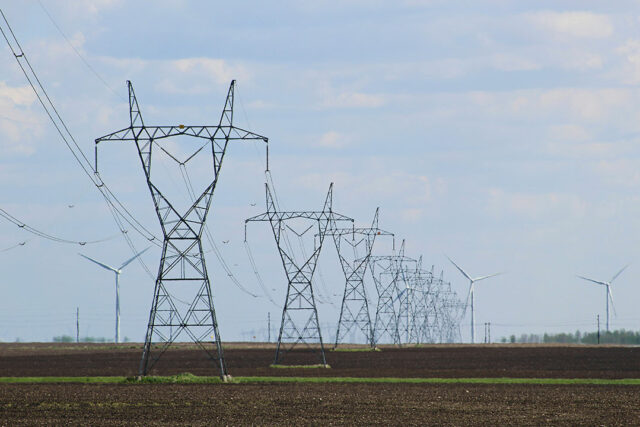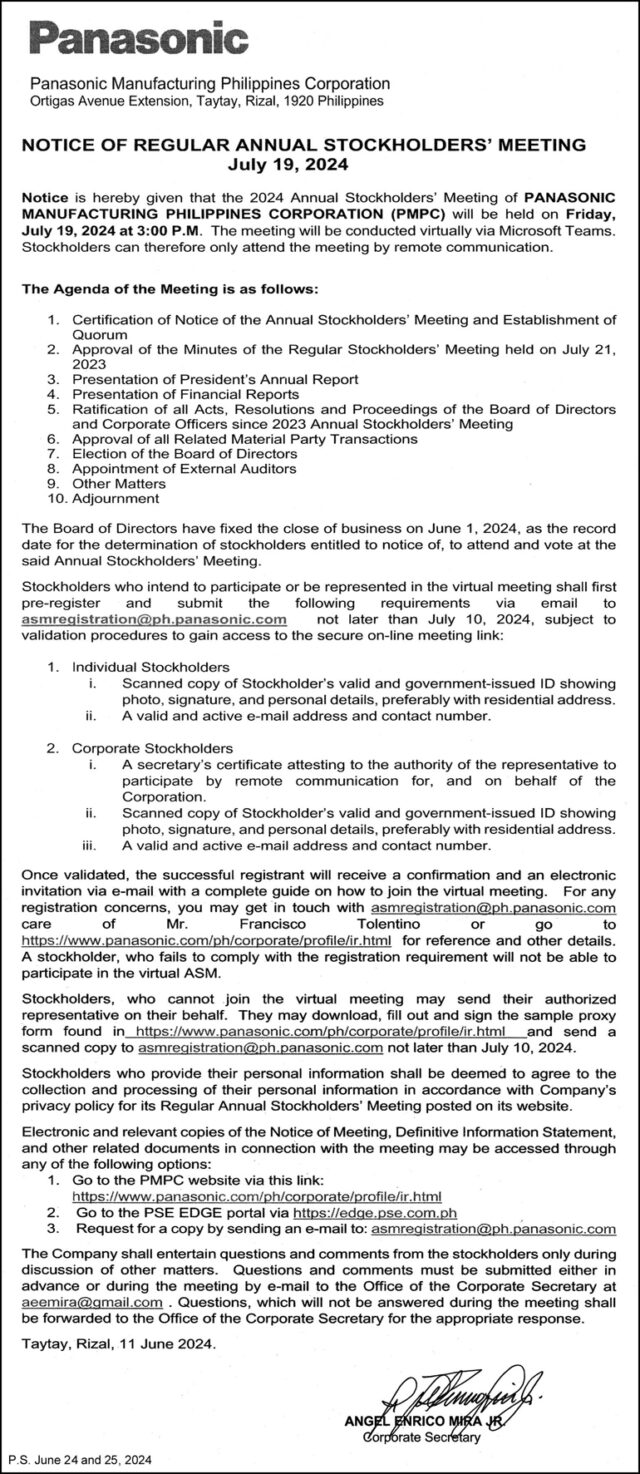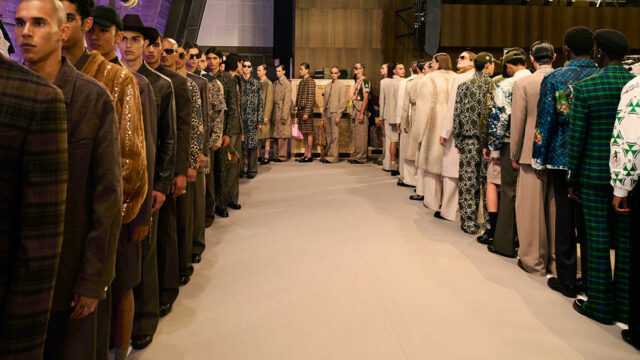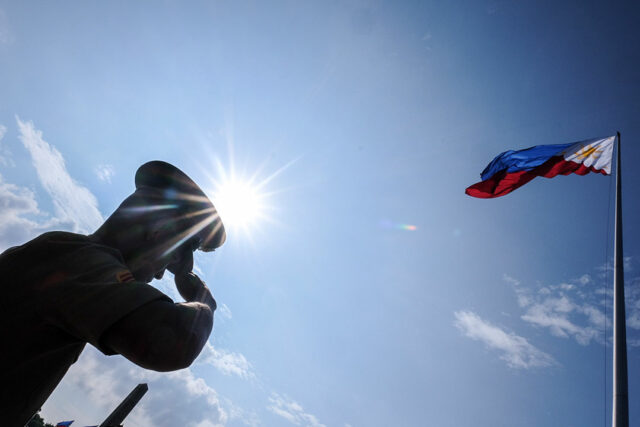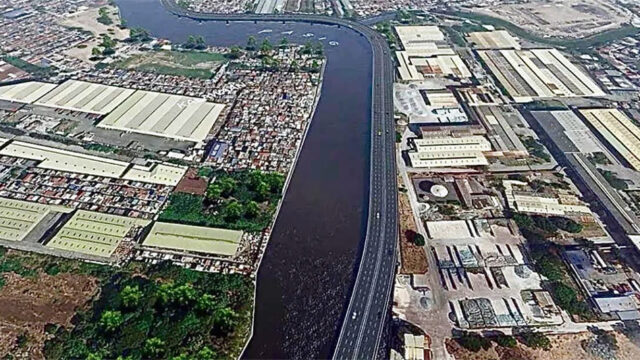Celebrating Manila Day: Tracing over four and a half centuries of history and culture
Manila is celebrating its 453rd founding anniversary today, June 24, with a declaration from President Ferdinand R. Marcos, Jr. making it a special non-working day in the city. Executive Secretary Lucas Bersamin, authorized by the President, signed Proclamation 599, giving Manileños the opportunity to fully participate in the festivities.
The proclamation emphasized the significance of the day: “It is but fitting and proper that the people of the City of Manila be given full opportunity to participate in the occasion and enjoy the celebration.”
The bustling capital of the Philippines, Manila is the heart of the nation’s economic, political, social, and cultural activities and it has been for all those 453 years.
Founded on June 24, 1571, by Spanish conquistador Miguel López de Legazpi, Manila has a history as rich and diverse as a city only more than four centuries of existence can have. Its story stretches back far before the arrival of the Spanish.
A popular, but now debunked, theory about the city’s name was that it was once known as “Maynilad” to the indigenous Tagalog people, with “Maynilad” being derived from the nilad plant, a type of shrub that grew abundantly in the mangrove swamps around the area.
This has been disproven as it does not make linguistic sense according to many experts, with documents uncovered by famed historians Ambeth Ocampo and Joseph Baumgartner supporting the repudiation.
A more accepted theory for the name is that it originates from the phrase “may-nilà,” which means “where indigo is found.” The word “nilà” comes from a Sanskrit term referring to indigo dye and the plants from which this natural dye is extracted. Over time, the name Maynilà was Hispanicized, becoming the Spanish “Manila.”
In any case, long before Legazpi’s arrival, Manila was already a thriving economic and cultural settlement situated along the Pasig River, acting as a crucial nexus for trade among neighboring regions and distant lands like China. Chinese, Malay, Indian, and Arab traders exchanged all manner of goods like rice, wine, jewelry, gold, textiles and even metals like iron.
This flourishing trade network fostered a sophisticated society, complete with its own system of governance under local chieftains known as “rajahs” and “datus.” The prosperity of Manila during this period was evident in the bustling markets, skilled artisans, and the diverse cultural influences that permeated daily life.
When the Spanish came, they also brought a dramatic transformation for the settlement. On June 24, 1571, Mr. Legazpi formally declared Manila as a city and the capital of the Spanish East Indies, heralding the start of an era that would shape the city’s destiny for centuries.
The Spanish established Intramuros, the walled city, as the administrative and religious center. Intramuros, with its massive stone walls and fortifications, became the seat of Spanish colonial power, housing government buildings, churches, and schools.
The strategic location of Manila made it a key player in the Galleon Trade, a vital economic route that connected the Philippines to Acapulco, Mexico across the Pacific. This trade route not only expanded the trade of goods like silk, spices, and silver in the city, but also enabled a significant cultural and intellectual exchange between the East and the West. The influence of Spanish culture, religion, and governance left an indelible mark on Manila and the rest of the Philippines, as still seen today in the country’s architecture, language, and traditions.
With the signing of the Treaty of Paris in 1898 came the end of Spanish rule, when the Spaniards ceded the Philippines to the United States. The Americans, much like their predecessors, changed Manila significantly, with the introduction of modern infrastructure, public education, and new governmental systems.
The Americans embarked on an ambitious urban planning project led by architect and urban planner Daniel Burnham, who envisioned Manila as a modern city with wide boulevards, public parks, and grand civic buildings. Many of these developments, such as the iconic Rizal Park and the Manila Hotel, still stand today as testaments to this transformative period.
During World War II, Manila faced one of its darkest chapters. The city was occupied by Japanese forces from 1942 to 1945, enduring severe hardship and brutality. The Battle of Manila in 1945, aimed at liberating the city from Japanese control, resulted in the death of at least 100,000 civilians and the complete devastation of the city, including the historic Intramuros.
The post-war era saw Manila rise once again as the capital of an independent Philippines. Reconstruction efforts, fueled by a spirit of nationalism and resilience, transformed the war-torn city into a bustling metropolis. The city experienced rapid urbanization and population growth, becoming the political, economic, and cultural heart of the nation.
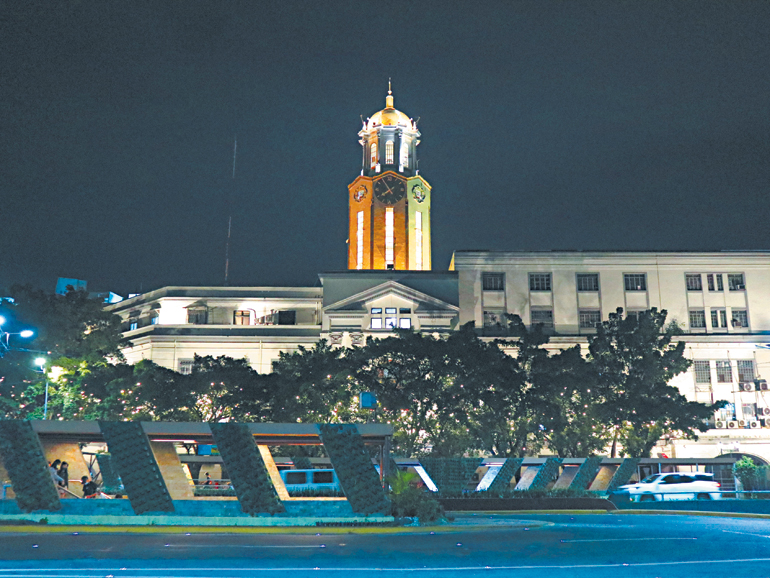
Manila today is a testament to its storied past and vibrant present, where centuries-old churches stand alongside towering skyscrapers, and where diverse cultures blend seamlessly. The city’s rich heritage is celebrated through numerous festivals, landmarks, and traditions that reflect its unique identity, as is evident in this year’s celebration of its foundation.
This year’s “Araw ng Maynila” promises to be a grand celebration, with a series of events lined up to honor the city’s rich heritage.
Manila Mayor Maria Sheilah “Honey” H. Lacuna-Pangan has announced a packed schedule of festive activities leading up to the main event on June 24.
“I am inviting all Manilans to take part in the said activities and celebrate our beloved city’s founding anniversary with us. These are all being offered at no cost to the people of Manila,” Ms. Lacuna said.
The celebrations kicked off with “Tunog Maynila,” a series of free concerts held at the Kartilya ng Katipunan beside the Manila City Hall. Scheduled for June 1, 8, 15, and 22, these concerts showcased 12 of the country’s top bands, each event concluding with a spectacular lights and fireworks show.
Complementing the musical festivities is “Lasa Maynila,” a food bazaar by Mercato Central, which is open from 4 p.m. to 11 p.m. every Friday, Saturday, and Sunday throughout June. This food bazaar will feature a wide array of local culinary delights, offering a true taste of Manila’s diverse food culture.
Moreover, every Friday from 5 p.m. to 6 p.m., there is “Musiko Maynila,” a free concert featuring Metro Manila’s top marching bands. Following this, from 6 p.m. to 10 p.m., the city will host “Talentadong Manileño,” a talent contest presented by the ‘Bekshies ng Maynila (LGBTQ).
On Sundays, “Move Manila” brings the community together with a dance competition dubbed “Zumba Manila,” organized by the Manila SPTA. Held along Roxas Boulevard, this event promises to get everyone moving and grooving in celebration of the city’s anniversary.
As Manila gears up to mark its 453rd year, the city invites everyone to join in the celebrations and experience the unique charm and spirit of the Philippine capital. With a month-long lineup of concerts, food bazaars, talent shows, and dance competitions, Manila Day 2024 promises to be a memorable tribute to the city’s long history and dynamic present.
From its early days as a bustling trade port to its modern-day status as the nation’s capital, the City of Manila continues to be at the heart of Filipino culture and spirit. — Bjorn Biel M. Beltran


